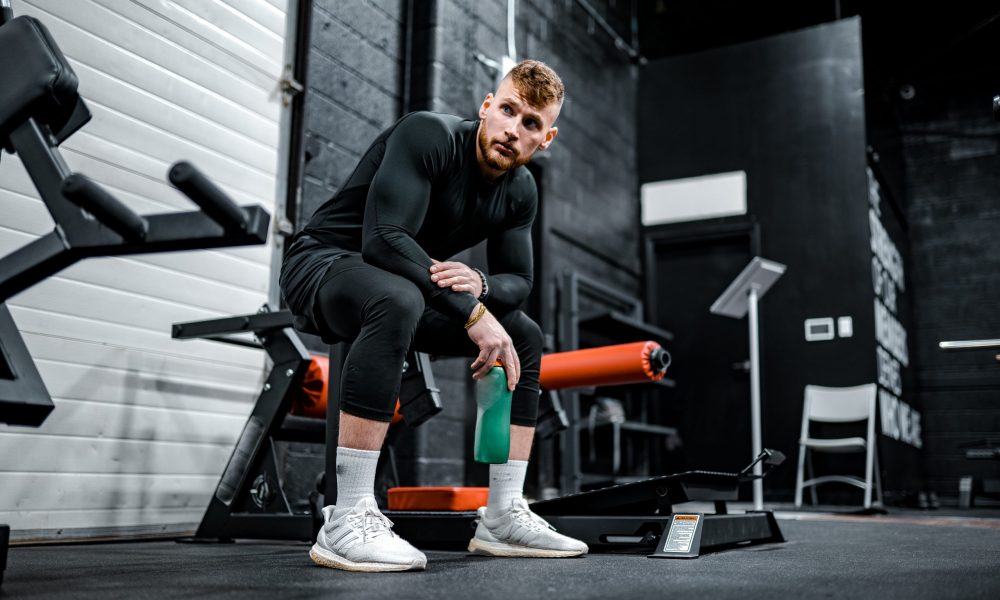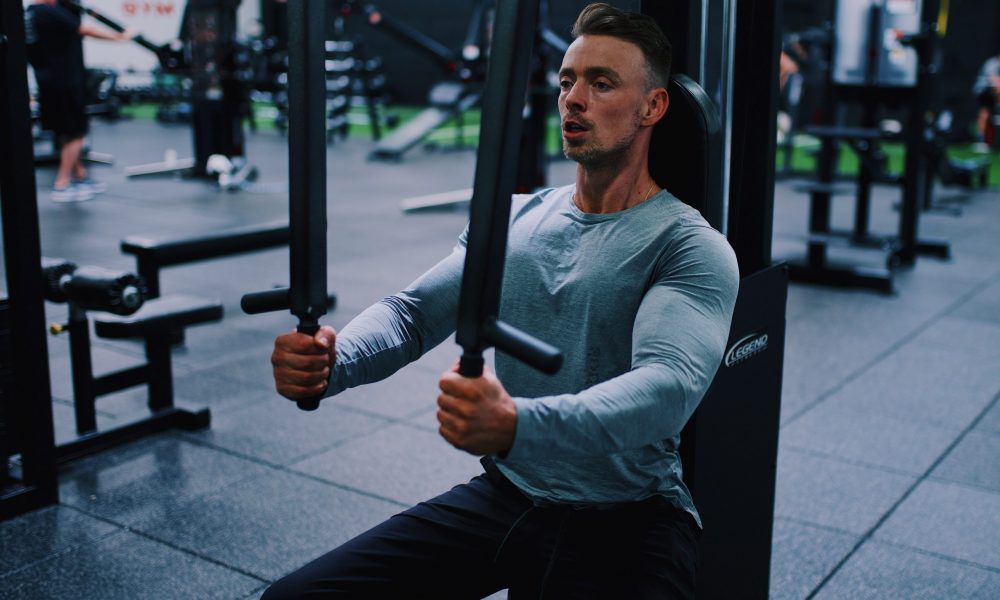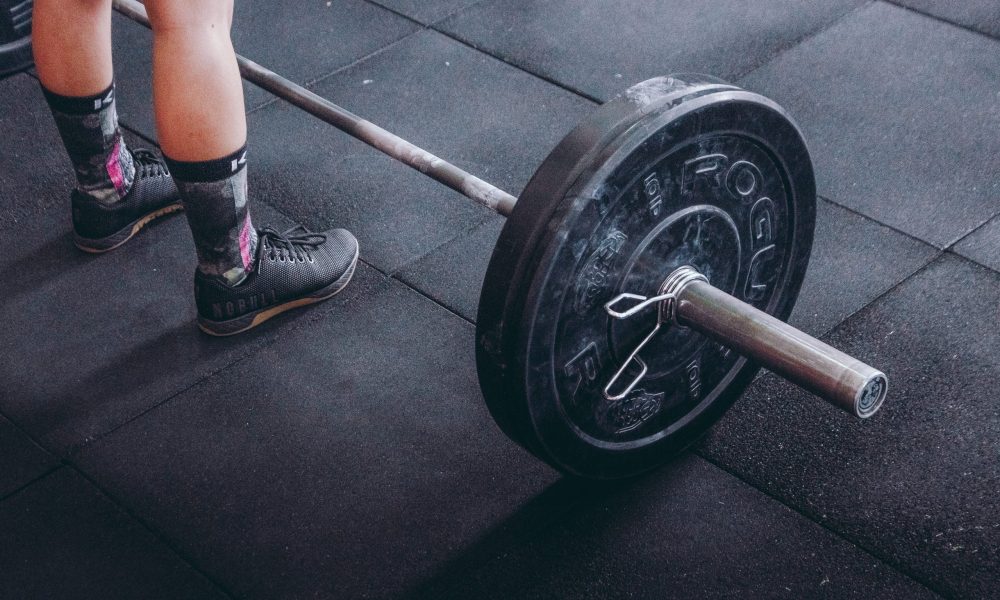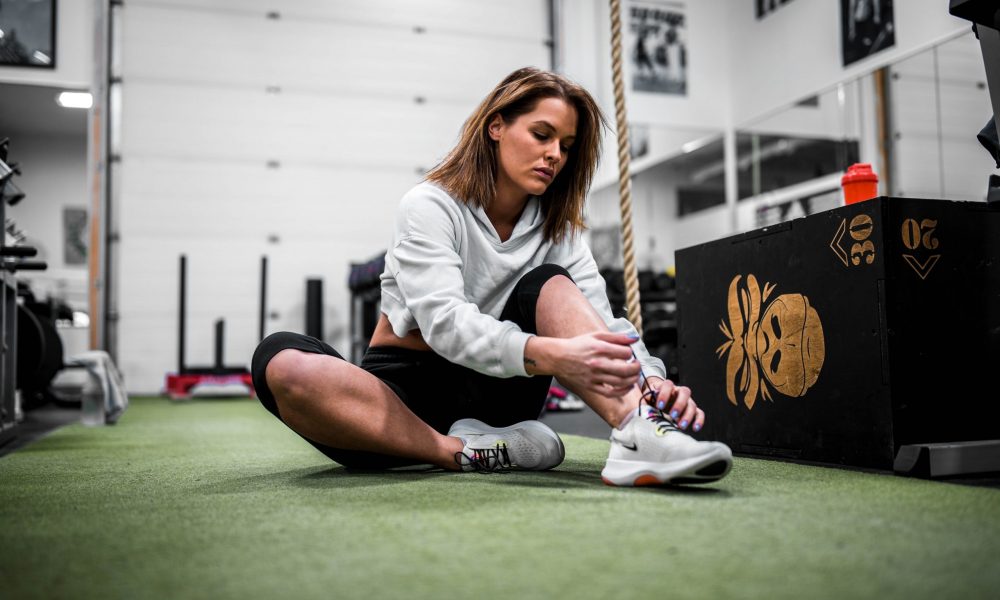
The Scientific Guide on How Much Protein You Should Eat Daily
If you want to retain your hard earned muscles as you age or grow the muscles you already have, then protein needs to be a priority.

Rest periods are one of the most misunderstood and unsexy aspects of strength training. However, resting is important and people notoriously rush through their rest periods.
In fact, many people feel like they’re getting a better workout by resting shorter. They get sweatier, feel deeper pumps, and get impatient if they stand around too long between sets. I mean, if your gym crush is watching, it’s go time right? She’s only looking your way for so long my dude.
Unfortunately, this thought process is counterproductive. Let me enlighten you about extending your patience with your rest periods.
Besides shorter rest periods getting you sweatier and more out of breath, the original hypothesis from the bodybuilding community was that they give you a filthy pump which produces more growth hormone (1).
That sounds great and dandy, but despite it’s misleading name, growth hormone does not grow muscle tissue (2,3). It’s more of an energy mobilizer which is obviously needed if you rush into your next set (2,3).
And while shorter rest periods produce more growth hormones, it produces a less favorable cortisol to testosterone ratio which correlates stronger with muscle growth (4). Funny how the bodybuilders never mentioned that.
That’s all neither here nor there though because acute hormone production during exercise is not strongly correlated with muscle growth (5). In other words, whatever hormones you get or don’t get during exercise doesn’t mean jack.
Actual strength performance or muscle growth matters, not acute hormonal spikes.
For strength, it should be obvious. If you rest longer, you will clearly do more work/lift more weight (6,7,8,37). This is why powerlifters can take an eternity to rest between sets. They’re trying to maximize their strength performance.
For muscle growth, performance matters too. Better performance means more weight/work completed which means more mechanical tension. More mechanical tension means more muscle growth (9).

The only time shorter rest periods were comparable or grew more muscle than long rest periods are in studies where proximity to failure wasn’t matched, thus shortchanging the longer rest groups because the point of longer rest is to allow additional work (10,11,12). Even a majority of these studies still found strength to be better with longer rest.
But anyways, some rest period studies (discussed below) did match for proximity to failure allowing us to see if given the same number of sets, does the additional performance from more rest grow more muscle compared to chasing further fatigue with shorter rest periods? If the spoiler wasn’t already obvious enough, extra rest is better.
Buresh et al 2009 compared 1 minute vs 2.5 minute rest periods in untrained men (13). The short rest period had a greater hormonal response in the first week, but the longer rest period grew more muscle and got stronger in the end.
Schoenfeld et al 2016 compared 1 minute vs 3 minute rest periods in a variety of exercises in trained lifters (14). The longer rest group gained more strength and muscle.
Fink et al 2016 compared 30 seconds vs 2.5 minutes rest periods in untrained men (15). Even with a weird study design that didn’t match for intensity, the longer rest periods trended towards more muscle growth.
Henselmans et al 2014 composed a review that there is no evidence to support training with shorter rest periods (4).
Behenck et al 2020 found resting longer after supersets allowed for more reps and volume load (16).
Grgic et al 2017 did a small systematic review with lots of different study designs found that longer rest periods might be better for advanced lifters (17).
Hernandez et al 2020 compared 8 min vs 5 min vs 2 min rest intervals between 4 bench press sets to failure in trained men (18). It found better repetition performance with longer rest periods.
Kassiano et al 2020 found 3 min rest periods achieved higher volume loads than 2 min and 1 min in women performing the leg press (22).
From a cellular level, there is a greater muscle building response with 5 min over 1 min rest periods after a leg workout of both compound and isolation exercises (19). However, the muscle building response is similar with 2 vs 4 min rest periods in isolation exercises (20).
So more rest is better, but 2 minutes as a minimum for isolation exercises and 3 minutes as a minimum for compound exercises is a safe general rule of thumb (30).
If this is too long for you to sit idle, you can group non-competing exercises together into supersets/tri-sets/giant sets. With supersets, due to only being 2 exercises, it’s crucial to still rest after each superset to provide optimal rest.
However, pairing exercises will limit absolute performance for heavy lifts especially if max strength is also a goal of yours (21). In addition, this isn’t always practical in a busy gym which begs the question, outside of supersets, can I save time on straight sets without compromising hypertrophy by resting shorter and doing extra sets?

Fortunately, we have a study on straight sets to give us some insight.
Enter Longo et al who sought to see if impatient dorks can match the same muscle growth by doing extra sets while patient dorks sit around for 3 minutes between straight sets of leg extensions (23). They did this by having the short rest group (1 min between sets) do extra sets until they matched the volume load of the long rest group. Interestingly, simply doing extra sets got them comparable muscle growth. Unfortunately, this came at the cost of 50% extra sets with the same load and proximity to failure.
If you do the math, this doesn’t save any time and can even cost you more time as additional fatigue would exasperate these effects when translated to an actual workout involving compound exercises and more total sets. Furthermore, you’re essentially doing more sets with the same load/intensity in a more fatigued state, so you’re increasing your chances of injury with no additional muscle to show for.
A prime example of this are crossfitters who would scoff at resting 3 minutes between sets. But the jokes on them as they have much higher injury rates than bodybuilders (24,25).
Thus, if it wasn’t clear enough, longer rest is better up to about 3 minutes. In many studies, there are benefits beyond that, but then you’ll run into practical time constraints. Most people don’t want to spend over an hour at the gym to get all their sets done. But hey, if you don’t mind spending an extra few minutes admiring the leg press, feel free to rest a bit longer for a couple extra reps.
Females are sort of an exception. The female physiology is amazing. Women are more resistant to fatigue and recover faster between sets than men (26,27,28). They also have less drop off in work capacity (29).
If you look at the few studies in this article that use women, shorter rest periods are not as detrimental although longer is still slightly better (22).
However, the gender differences can be seen first-hand quite easily. If you ever workout with women of similar experience level, she will recharge like an absolute machine. Men will be floored a minute after a hard set of squats while women can easily do their nails 30 seconds after their set. Utter contrast.
Realistically, women can cut off about 30 seconds from my earlier rest period recommendations. This is still no excuse to rush through hard sets with less than a minute rest though, so ladies, when in doubt, scroll through Instagram a bit longer. Your performance will thank you.

Most people don’t track rest intervals which isn’t an issue if you can complete all your sets within your intended time frame. Indeed, for the most part, research finds intuitively resting is fine, at least for trained men (31, 32, 33).
If you do rest intuitively, here’s the cues to look for.
Remember, the goal is to feel reasonably recovered, not fully recovered. Full recovery could take double digit minutes, hours, or even days depending on the exercise. So longer is only better up to a certain point before the diminishing returns becomes practically unreasonable (35).
All this being said, timed rest periods are objectively accurate and also worth considering. Going off of intuition alone without an accurate grasp on time is risky.
For example, we all know those people who swear it only takes them 15 minutes to get showered and dressed, but in reality, they’re taking over an hour. It’s also common for your brain to feel less prepared than your body actually is for starting your next set even in advanced lifters (36). Conversely, timed rest periods are great for people who rush through their rest periods which as we discussed earlier is deeply suboptimal.
So if there’s even a sliver of doubt, simply time your rest periods especially if you’re a beginner. It’s as simple as looking at the gym clock or using a timer on your phone.
Not going to lie, I’m kind of tired from the long week and contemplated even writing these cute bullet points to summarize everything. Perhaps I should rest longer between sets of article writing. Haha, bad joke. Anyways, here’s a decent summary for you:
If you know a friend who rushes through their rest periods, you can send them this article and tell them to specifically read it between a set.
Sign up for AwesomeFitnessScience Weekly. You’ll get juicy insider secrets, updates, and stories.

If you want to retain your hard earned muscles as you age or grow the muscles you already have, then protein needs to be a priority.

You probably don’t know the crucial facts about coffee like how it works, what it does, how much to drink, and the myths surrounding it. Allow me to enlighten you my friend.

Spot reduction is the idea that you can target where you lose fat and if it’s possible, that would be the dream wouldn’t it? Unfortunately, I think many coaches enjoy crushing dreams too early including this one.